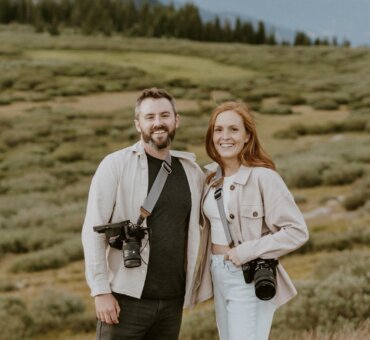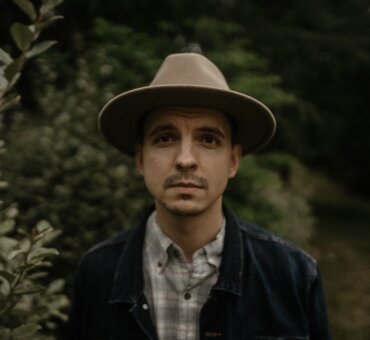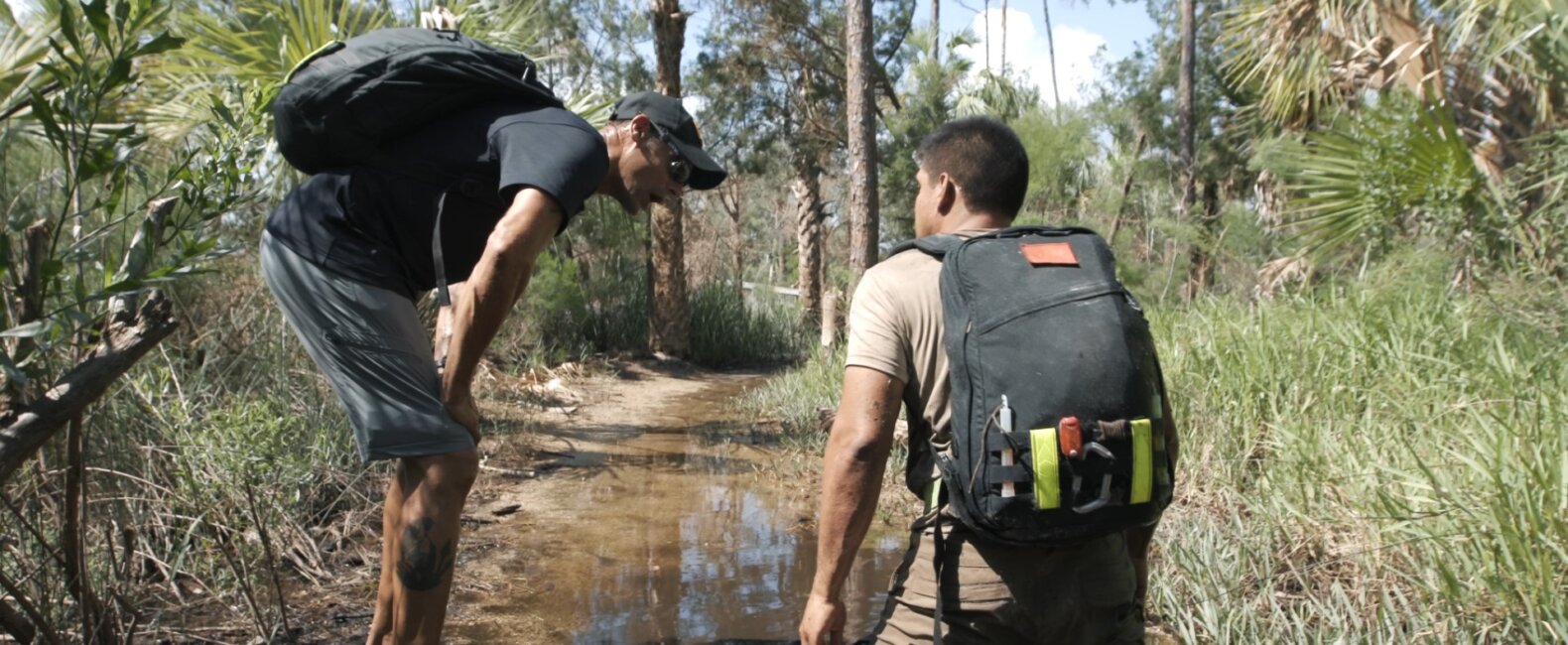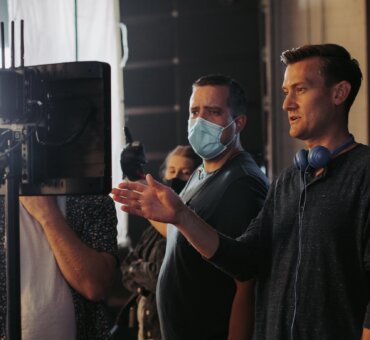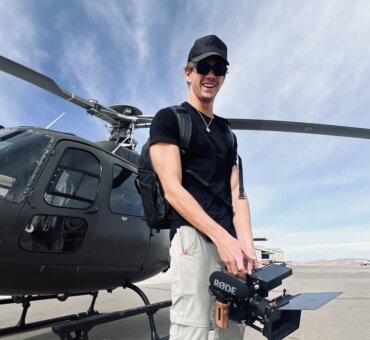In a film, music can either be a life raft or the tip of the iceberg: something that sits on the surface, staying afloat, or something that hints at a greater narrative depth. One is a missed opportunity and one is art, and for directors like Phil Wall, behind the documentary The Standard on Hulu, he’s not using his sound as a way to bail out. He’s using it to crack the door to something underneath the surface.
“The challenge is allowing those questions in a way that facilitates discovery versus confusion,” Phil told us. “The music, in some sense, leads from behind and serves to keep the audience on a path and provide that forward momentum and signal when we’re going to be somewhat reflective and when we’re going to be moving.”
His documentary follows a group of athletes undergoing GORUCK’s Selection, a physical test meant to reflect the realities of what life in Special Forces is like, and also push people to their limits. The instructors, also known collectively as cadre, in this test are verbally abusive, borderline degrading, and absolutely discouraging to the participants, which is the entire point. It’s a test of mental and spiritual endurance as much as it is physical endurance. But, that’s not where the story ends.
Through the music choices, Phil wanted to show the audience that this test isn’t just punishment for punishment’s sake. The cadre and the participants want something deeper, and he used the score to help explore that, and also to do this story justice. In our conversation, we talked with Phil about using music with intentionality, and how a song can either be a button-up shirt or basketball shorts.
Musicbed: What told you this project should be feature length?
Phil Wall: The rule was basically, ‘Don’t get in the way. You can do whatever you want, you just can’t interfere with the event.’ I think I had two weeks to prepare, to get a friend to come down with me and film that particular weekend down in Jacksonville. Our goal was just to capture what we can capture and hope to get a story. We weren’t really planning to make a feature length documentary out of it and that really came to be in post-production.
When I started going through the interviews with the cadre, particularly the one with Jason McCarthy, the CEO of GORUCK. He kept focusing on what he wants for people through the event; he wants people to learn something and he wants to see someone finish. When I was editing and going through that material, it really struck me; the conflict there really struck me.
There were two things happening: First, the cadre who run the event are, in layman’s terms, drill instructors taking people through this event. They really want to see someone finish, but in order to uphold this standard, they have to behave in a way that is in direct conflict with their main goal, which is to connect with someone at the end.
The second thing was that Jason kept saying that he wants people to learn something that makes them a better person, but there’s such a long tail on that. The participants going through this, it all happens so fast. They’re so focused on physical pain or the physicality of what they’re going through. For a person who finishes the event, it’s almost like you have to go into this very narrow space in your mind where you can’t see the spiritual benefit of it in that moment.
You leave the event and think, “Wow. I’ve learned something that’s making me a better person.” Most of the people there are thinking of themselves as athletes and how they have to get better. It’s one of those things where only in retrospect that you can learn something. Those are the two things where I sat back and said, “This is really interesting. There is enough conflict to carry a feature and to explore that story.”
The moments where athletes began to drop out, and the cadre changed their attitude, were some of the most touching moments in the film.
It’s something I wanted to communicate in the film. In the beginning, I included the team meeting when they were preparing, and I left in this little kernel where Jason says to the team, “You can say whatever you want—death, destruction, carnage—but remember the person is never that thing.” They have a ton of respect for anyone who shows up.
The cadre are being pulled in these two directions. They have a standard that they’re trying to uphold for their special forces community. They also believe in this process and that this process, in the end, can result in improving community, improving individuals, and creating a sense of team. But, in order to do that, they have to uphold this standard that doesn’t allow them to kneel down next to someone and say, “You can really do this.”
A lot of what they’re doing, how they’re behaving towards people and what they’re saying, is meant to knock the athletes off center. They’ve trained for nine months to show up for this and now they’re going to try to ruin that for you. It’s the cadre’s job to get your mind going in a way that you didn’t anticipate.
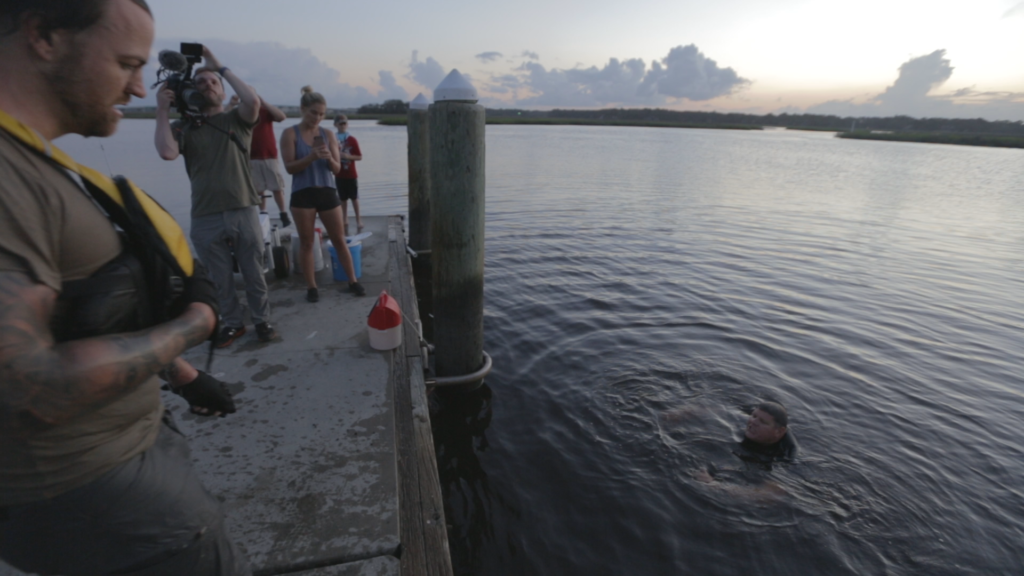
A lot of your music choices seem to speak to something beneath the surface. What was your goal there?
Yeah. Thank you. In general, I wanted things that were emotive, but not prescriptive. There are a few pieces where I wanted to signal to the audience what phase of the film we were in. For example, early on we have a lot of context to understand. There’s a little informational segment and the music right there basically signals, “This is coming at you fast.” That was one of the pieces that I felt was the most in your face.
Otherwise, I wanted it to be in the background and complement what’s happening. With a film like this, the story itself is a platform that I hope the audience can bring themselves to and take their own journey. I know people have a lot of questions along the way for a film like this. The challenge is allowing those questions in a way that facilitates discovery versus confusion. The music leads from behind and serves to keep the audience on a path and provide that forward momentum and signal when we’re going to be somewhat reflective and when we’re going to be moving.
How did you know which tracks would do that?
The main things for me are tone and pacing, for the music to match up with where we are in terms of the ebb and flow of the film. For every sequence in the film that has music, I can’t really tell you which came first—it was either me starting to edit and put things in place, or the music inspiring the pacing of a particular scene.
There has to be a journey and the conflict has to be felt; there has to be kind of a thesis. It was about hearing a piece that fit in terms of pacing and tempo, but I couldn’t really tell you what element of a track or a piece of music provides that ‘Aha!’ moment. I just knew when it was right.
For this film, I made a very conscious effort not to go with music that matched up with the tone of the cadre for example, or what was happening in the film. There’s a lot of carnage, in a way, in the film. That would be one way to go. But, the music really speaks to the more spiritual conflict of the film. It takes it to this psychological level, so I didn’t want music that’s really physical. It’s not hard hitting, heavy sounding.
Grungy rock wouldn’t have fit, for example.
Yeah, or like post-rock. I didn’t want it to feel like a sports film. It’s technically in the category of sports films, but I wanted the music to elevate it, and also stay out of the way.
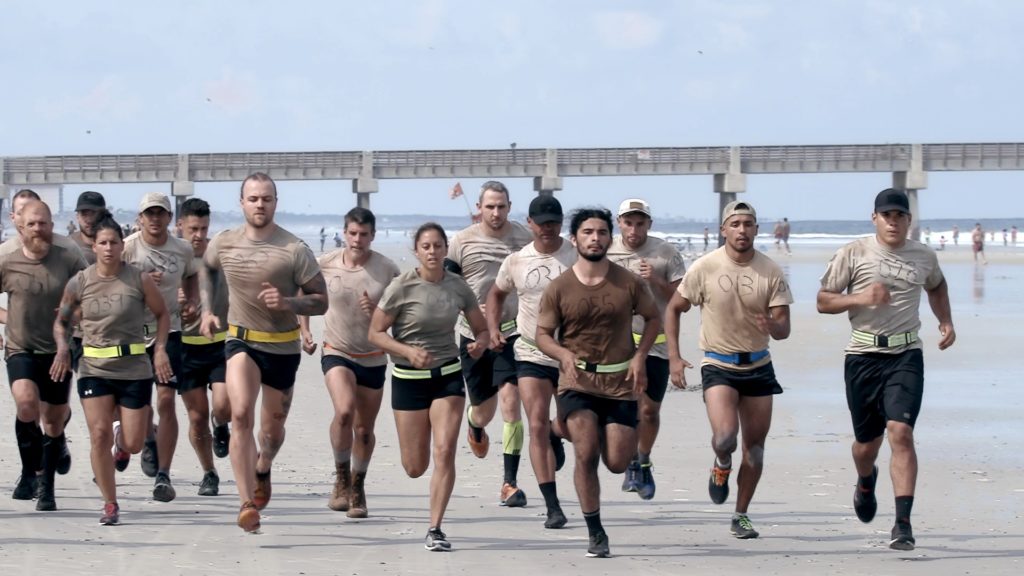
Did you feel like something more on-the-nose would’ve been a missed opportunity?
The metaphor that comes to mind is getting dressed, putting on an outfit. The music is just one of your pieces. Let’s say, we did post rock. If I chose post rock, then I put on a pair of basketball shorts and then I can’t wear a nice button up on top. It has to make sense. And not to put down post rock, but the story line I was going for did not match up with what post rock suggests. Also, I would’ve had to edit to post rock. I couldn’t edit a scene in the same way because post rock would suggest a certain type of approach and tone and that comes with it an expectation. That’s what I mean with the clothing analogy. If you used post rock, the rest is supposed to look a certain way and we all know that. We understand that package because we’ve seen it so many times—not that it’s a bad package, it’s just not the one I was going for.
If you put on basketball shorts, people are going to think you’re a basketball player.
Right. They expect it. They know what’s next, and you’re giving them what they expect. With this one, I felt a responsibility because I think that you could walk up on this event, not knowing anything about it, and totally misinterpret what’s at stake.
For example, if you’re a high school coach who wants to learn something from these guys, I need to make sure that those coaches understand that there is a method behind this; there is a reason why the cadre are speaking the way that they’re speaking. It’s not about being loud and using harsh words. It’s because it’s an effective way of leadership. They have this other goal and this other plan and it’s all part of this idea of helping people become better by experiencing this extreme challenge where they’re knocked off of center, like I said before.
The music is a part of elevating the whole story. You couldn’t really peek in at this film and not realize that there’s something higher at stake than just, “Isn’t it crazy how hard they’re pushing these people?” I felt a responsibility to help the film not be taken out of context.
We love Phil’s approach to music and film. Music at its best provides context for your story and adds emotional depth. A huge thanks to Phil for sharing his thoughts on music in film and the power it has. Be sure to watch The Standard on Hulu to see and hear how the images and sound work together for both emotional and narrative heavy lifting.
Read how director Barry Jenkins uses music to create emotion and empathy for characters.





































































